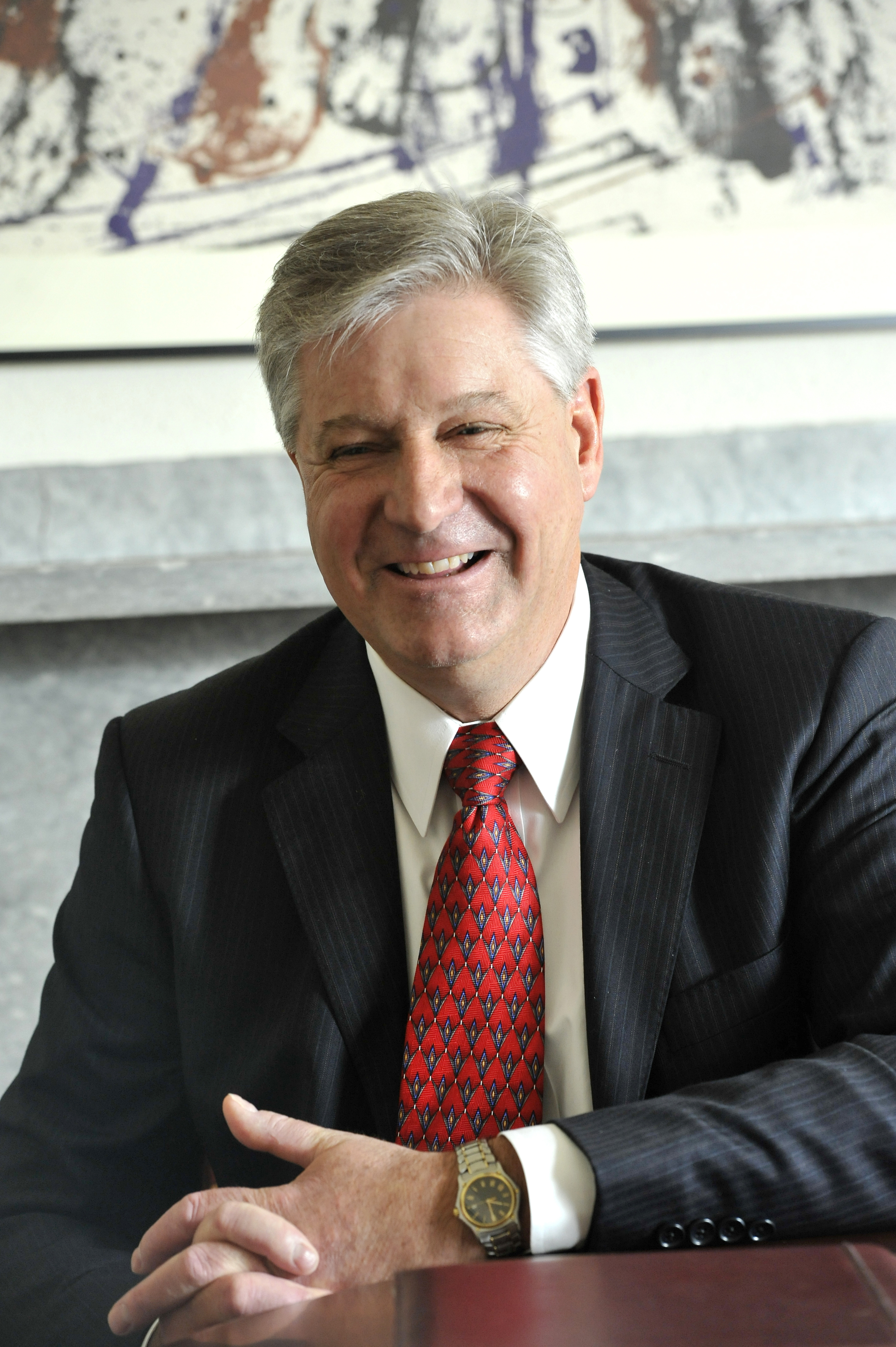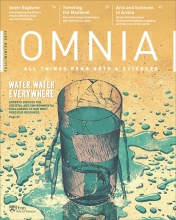Communities of Knowledge
At the end of every summer, the bustle of 10,000 undergraduates arriving on campus makes at least one thing clear—Penn is a big place. And the College, as the home of 6,400 of these students and of the liberal arts for all Penn undergraduates, can likewise seem like a sprawling enterprise.
But within this large Penn Arts and Sciences community, we are a multitude of smaller communities. One of these is the Integrated Studies Program, highlighted in this issue. ISP provides a unique liberal arts experience to 74 incoming freshmen—one that takes on big ideas and engages students in a year-long, multidisciplinary exploration of those themes. This shared intellectual experience, combined with a strong residential component in Riepe College House, creates a smaller community within the College and fosters friendships and close relationships among the students, as well as with faculty, that will continue through their years at Penn.
Our 27 academic departments are likewise small communities that, in a very real sense, provide the framework for all that we do in Penn Arts and Sciences. These departments are the home for our standing faculty of more than 500. To our students, faculty are teachers and mentors, the innovators who develop new ways of engaging inside the classroom and out. You can read about a few examples of some of our newest faculty initiatives in “Arts and Sciences in Action”. And as outstanding scholars in their respective fields, our faculty are what distinguish Penn and sustain our position among the nation’s top research universities.
Because our faculty are essential to who we are, and to excellence across Penn, one of the main tasks of my office is to see that the School takes full advantage of every opportunity to strengthen our faculty, and recruiting new faculty represents one of our most important opportunities. This year, our recruiting efforts have resulted in 27 new appointments who arrived on campus this fall, and three others who will join us in January. Collectively, these new recruits enhance strengths within our traditional disciplines while, at the same time, building our capacity to pursue some of the most important issues that cut across disciplinary boundaries.
Our history department, for example, has brought in five new scholars who explore economic, political, intellectual, and cultural history, both in the Americas and across the Atlantic, and our English department welcomed three new faculty. Among the new recruits in these two departments are four scholars who focus on African American history, literature, and culture—a cohort that is solidifying Penn’s position as an important center of African American studies.
New appointments to the Departments of Chemistry, Physics and Astronomy, and Earth and Environmental Science are advancing our ability to make transformational contributions to research on sustainable energy and understanding the systems that support life on our planet. We are also ensuring our continued presence at the frontiers of research by attracting young scholars who will use the tools and techniques of big data and the digital humanities to explore areas ranging from criminal justice policy to the literature of the Renaissance.
And at a time in which the critical importance of constructive global engagement could not be more evident, we are expanding global awareness through recruits whose work focuses on Eastern Europe, Latin America, and South Asia. In addition, thanks to an endowment gift from our Board of Overseers Chair Andrea Mitchell, CW’67, and her husband, Alan Greenspan, the newly named Mitchell Center for the Study of Democracy will provide a hub for faculty, engaging with students and the public, to advance a nuanced understanding of what it means to be a part of democratic society.
As we begin the new year, my colleagues in the Dean’s Office and I are looking forward to seeing how all our faculty —new and longstanding—work together to shape the intellectual direction of the School, strengthen scholarship within each academic discipline, advance interdisciplinary investigation, and lead our students in a liberal arts education that speaks to the challenges of the 21st century.




